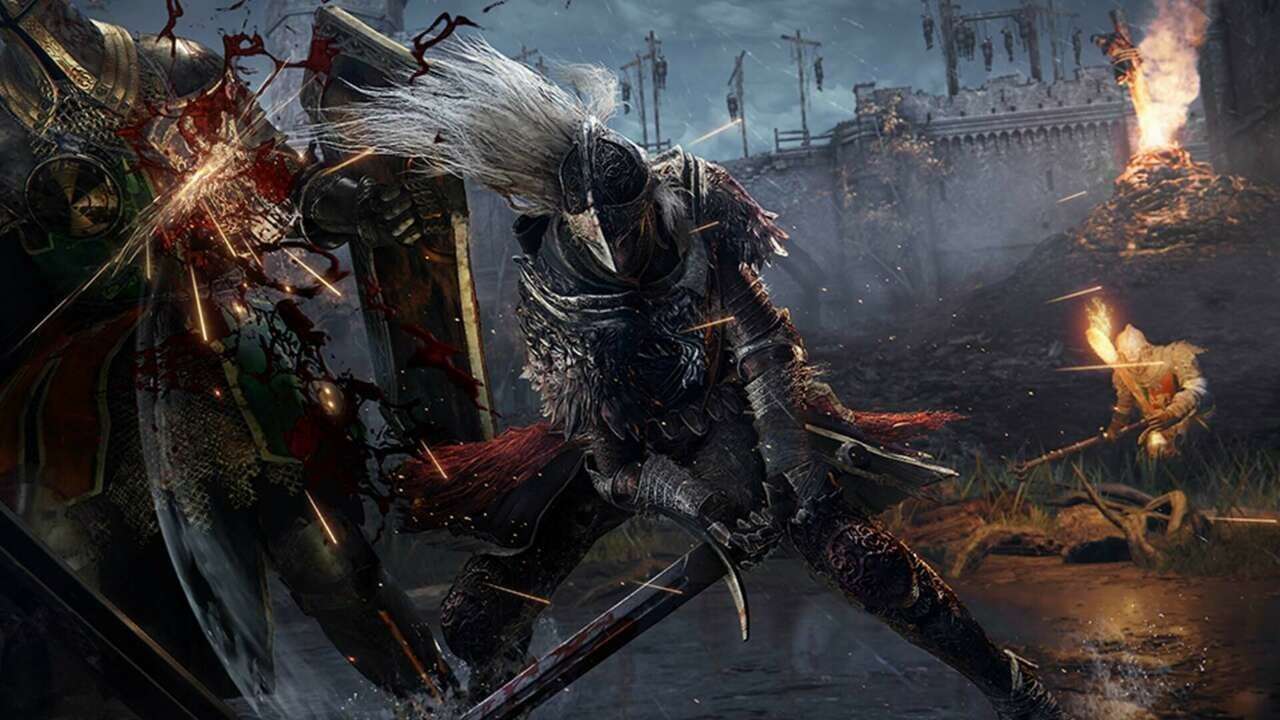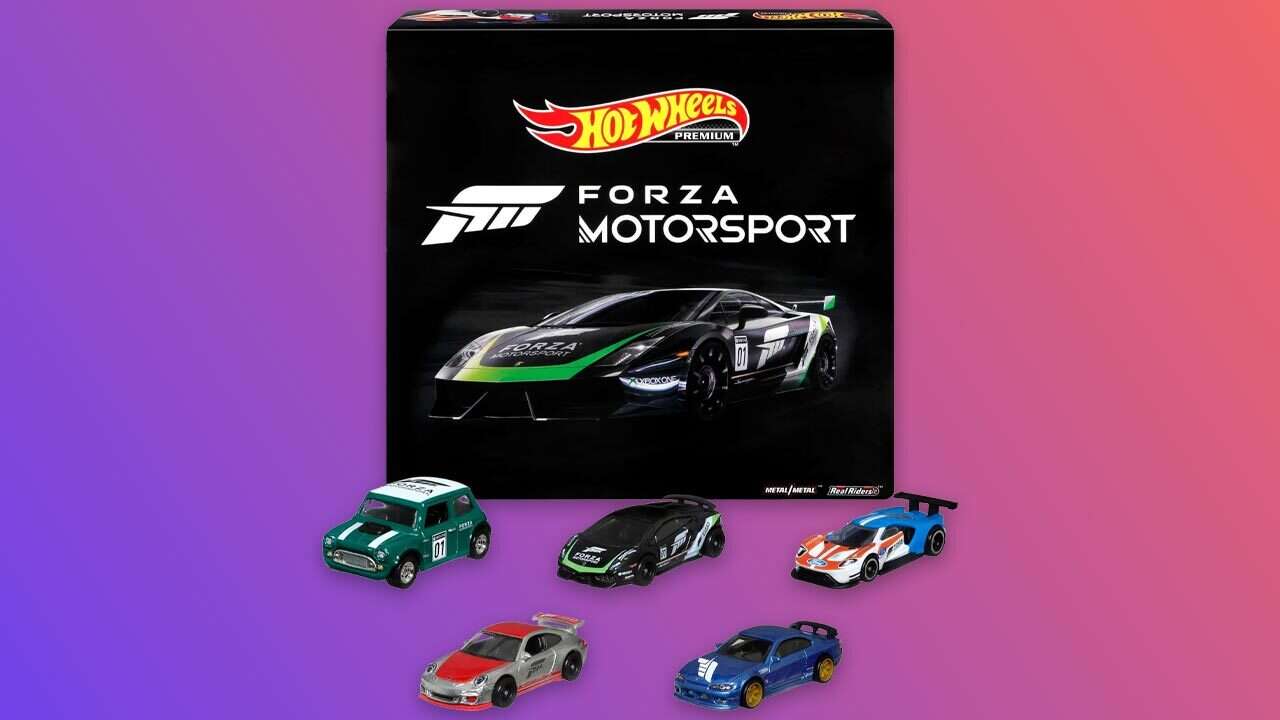Northgard: Uncharted Lands Board Game Review
Northgard the video game came out a few years ago to much acclaim. It uses the concepts of ’90s real-time strategy classics such as Age of Empires and The Settlers, alongside a slick modern sandbox approach. Players control viking warbands to construct villages and accomplish great tasks. They are incentivized to pursue bigger and mightier feats to amass fame, such as slaying beasts and crushing opposing players. Now, this RTS/adventure game hybrid has received a passionate and evocative board game adaptation titled Northgard: Uncharted Lands (see it on Amazon).
Very much to its credit, this tabletop game stands comfortably alongside its digital predecessor, as well as independently on its own merit. Fans of the video game will detect the inspiration lovingly spread throughout its various cards, miniatures, and tiles.
Designer Adrian Dinu has crafted a standout board game that combines well-established systems with a fresh vision. One needs no familiarity with the original Northgard to enjoy this adventure, as its primary connection is in abstracting the core themes of exploration and scarcity.
As you control one of the asymmetric clans, you’ll focus on both exploring the new continent and developing its lands. Tiles reveal the vast countryside randomly in a process that mimics the procedural generation of its peer. You will bump into other players and discover wild fauna, encounters often leading to outright conflict. It’s a violent and surprisingly thoughtful experience that feels right at home on the tabletop.
Uncharted Lands draws primary design influence from the tile-laying classic board game Carcassonne. You pull tiles from a stack and orient them around the growing board to connect and define expanding geographic borders. It’s my favorite mechanism of Northgard, in that the region boundaries are unpredictable and full of odd shapes. This is in sharp contrast to most area control games, which possess a very rigid, carefully designed map to promote balance and incentivize conflict. Northgard is simply sublime in its freedom. It encourages aggressive exploration to close off territory by rewarding you with a bevy of points for doing so.
The second big influence is the central deck-building action mechanism. Much like board game mega-hit Dominion, your deck begins a modest and reliable engine to accomplish the necessary core components of play. Each turn you play a card from your hand, allowing you to move across territory, recruit units, or build structures. Over the arc of seven rounds your deck evolves and diverges from your competitors.
What’s most significantly brilliant about this aspect of play is that the cards you add to your deck are free. Most games have you scrounging resources and weighing your purchase options, often stalling progress. In Northgard, you acquire a card from the face-up market immediately upon passing for the round. This helps give the game a fast pace, as it incentives players to pass early.
You do have another option, though. Instead of drafting from the row of cards available to all, you can spend an action mid-round to cull a card from your hand and replace it with a clan-specific option. This creates a small yet meaningful touch of asymmetry that supplements your clan’s ongoing ability.
“
There is an exceptional sense of smoothness to Northgard: Uncharted Lands. Actions flow quickly, the core mechanisms are simple, and it continually proffers a sense of accomplishment. Combat manages a modicum of drama with a single dice roll on each side supplementing unit strength. Everything here feels as though it’s received just enough oomph without tipping over into complexity or convoluted process.
That’s not to say it’s perfect, however. Despite my adoration of the exploration and amorphous regions, the board often appears a cluttered mess once it takes shape. Players will struggle to visually spot the boundaries of an area, causing them to mis-read strategic choke points and perhaps even lead to an unexpected attack from a neighbor. It’s a sore point that is unavoidable, as the busy illustrations on the tiles only further obfuscate the important borders.
Northgard also loses some of its edge once the map is fully explored. When regions become static, all that’s left is to fight over the scarce resources and pursue combat. This is functional, but the sense of wonder evaporates and what rushes to fill that void is something less interesting.
The designers recognized this, however. They seek to alleviate the late-game doldrums with the included Creature expansion. This adds neutral combatants such as wolves, draugr, and fallen valkyries. The cascading effects of stumbling into these beasts is both wonderful and horrific. The benefit is that they enhance the dynamic feel of exploration, and they make for an evolving board over time that remains wild and chaotic until the creatures are defeated.
The severe downside is that these add a hefty complication to the process of play. At higher player counts, more tiles are explored and more creatures are encountered. This results in a phase of play where everything halts while you consider the behavior of each beast, how they move, and what effect they trigger. Some push you around, others halt resource production, and the worst swallow up your armies.
These creatures are an interesting addition. They almost feel like a necessary component of play. But they’re a burden at times and can lead to really lopsided sessions where one player feels randomly targeted. There is quite a bit you can do to control and herd these neutral entities — beyond simply fighting and killing them off — but in my play sessions, the tactical considerations they require were often elusive to less experienced players.
Despite the cumbersome board state, this is a grand design. With only two or three players it manages to offer elements of the 4X genre in a brief 60-90 minutes. With four or five participants that stretches to two hours or more, but it still feels relatively brisk and snappy due to the rapid turn structure.
Ultimately, its greatest achievement is in capturing the contrast between wonder and scarcity of the digital Northgard. This is not simply attained with the struggle for fertile land as framed through exploration and conflict, but also through its restriction on army size. You must feed your troops each round, which creates downward pressure on expansive armies and allows for a natural boost to players who have received a beating. This is also how it models the video game’s harsh winter season.
Even more intriguing, wonder and scarcity is modeled through the central deck-building mechanism. While it cleverly allows you to place new cards on top of your deck so you experience their benefits immediately, you will spend multiple turns waiting for those juicy options to re-appear in your hand, hoping for a wonderful combination of abilities to emerge and present dramatic agency. That act of patience is akin to watering a field of crops and then gnawing away at your lip while awaiting the harvest. When that bounty eventually comes, you sit up in your chair, beaming with light as you construct a mighty fortress or execute a brutal offensive and claim what’s yours.
Where to Buy
Check out our Latest News and Follow us at Facebook
Original Source







